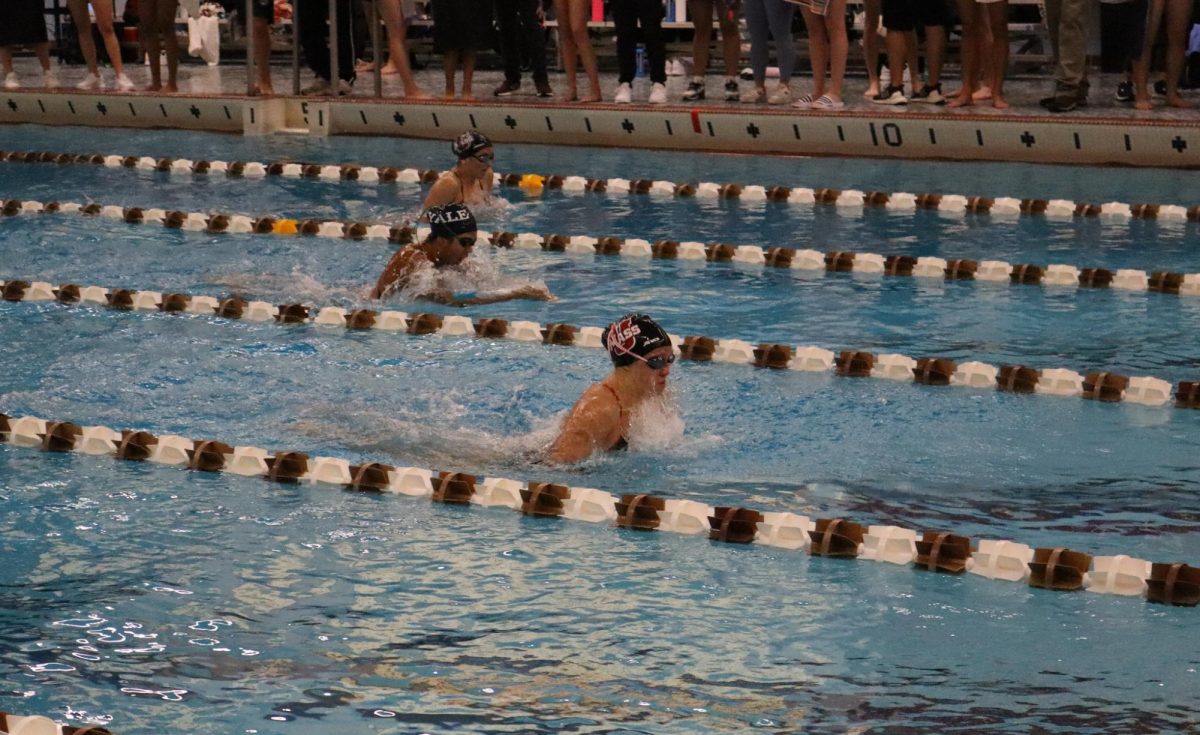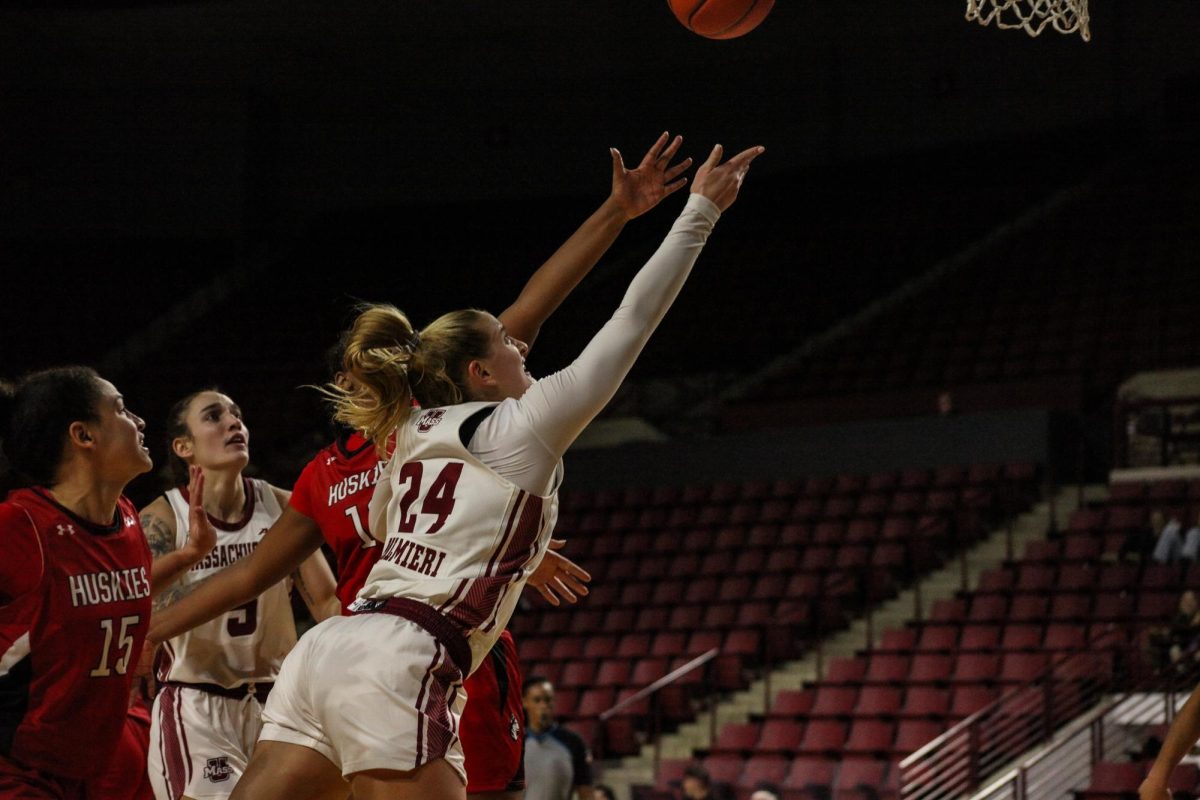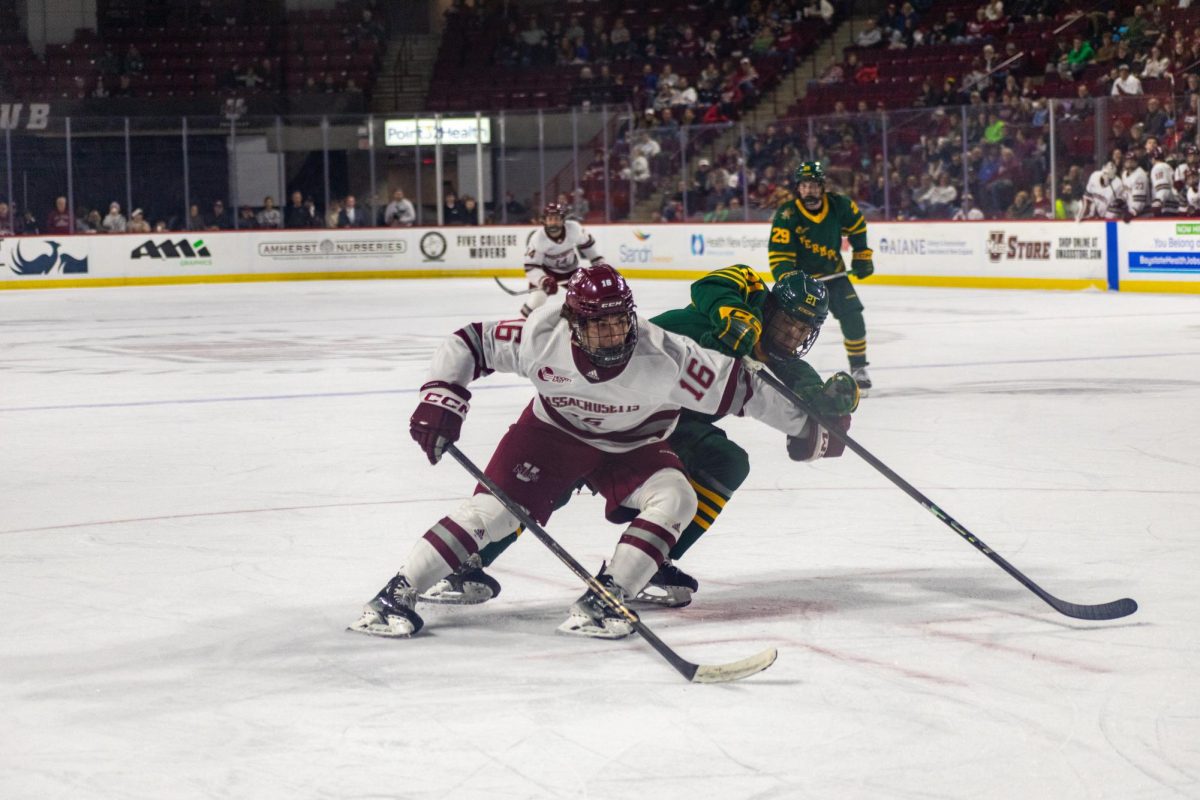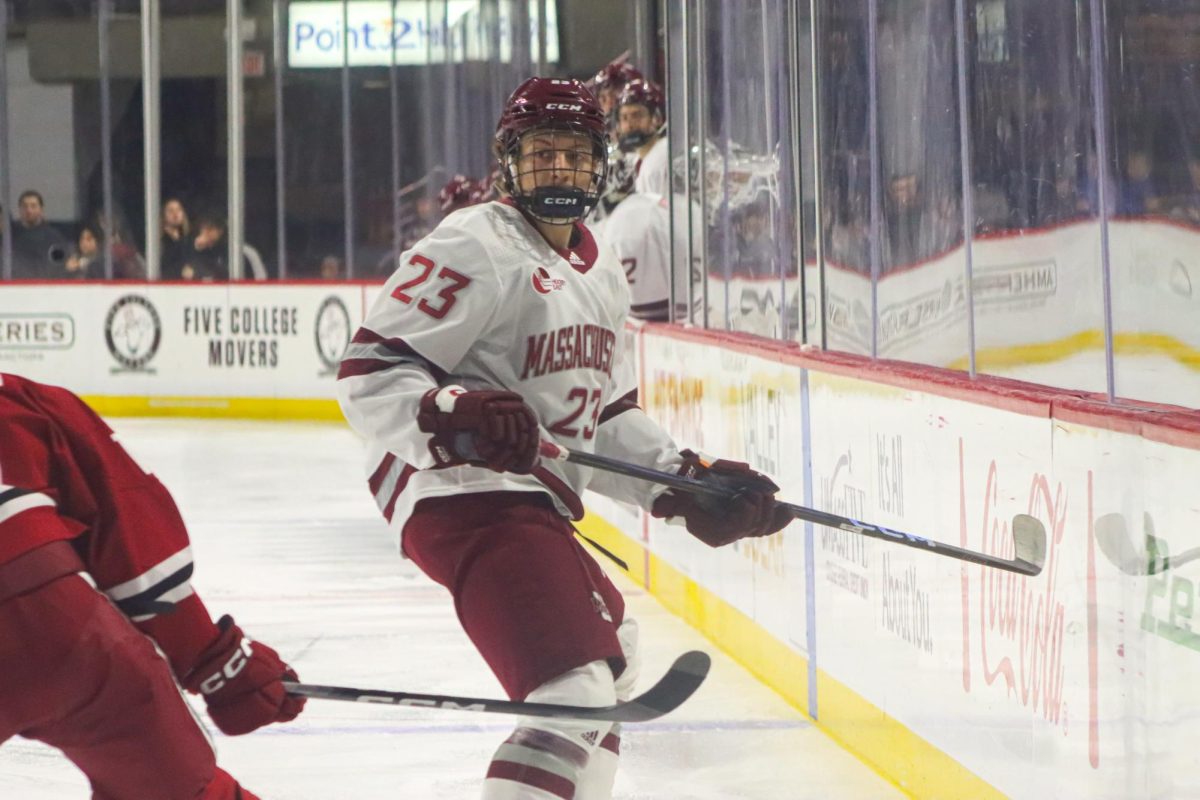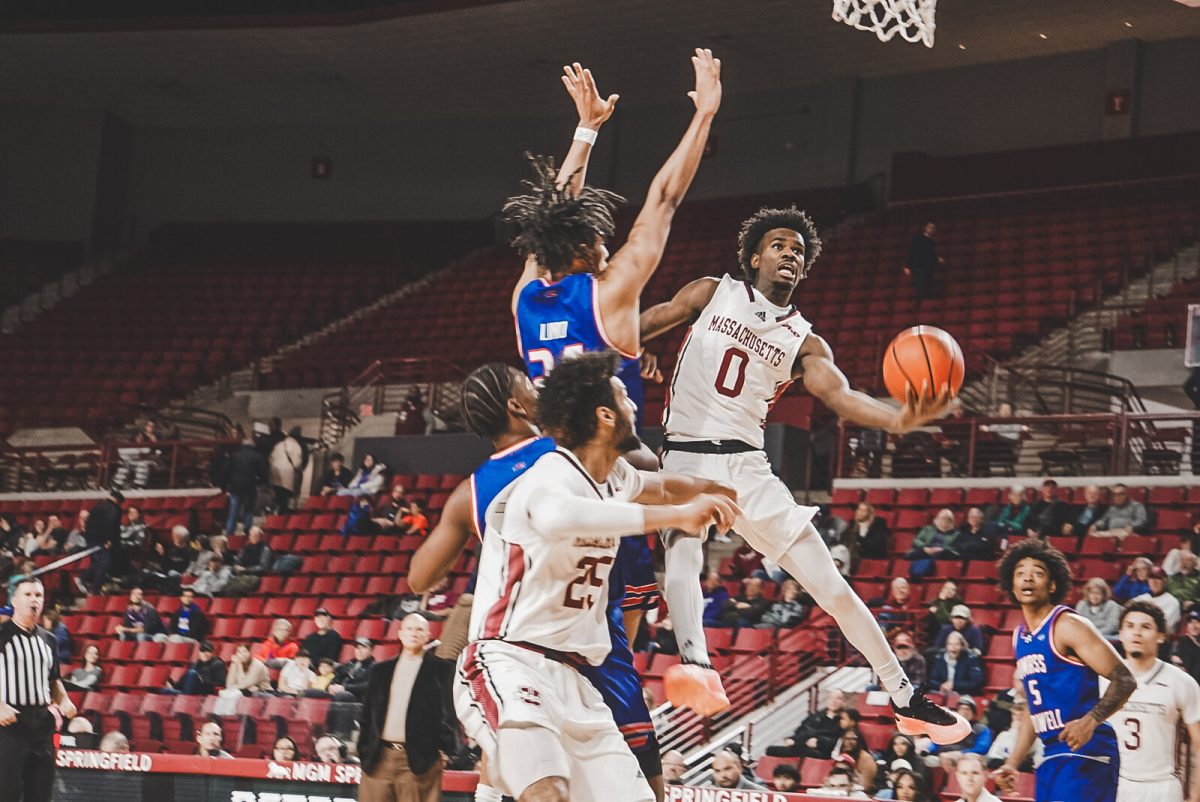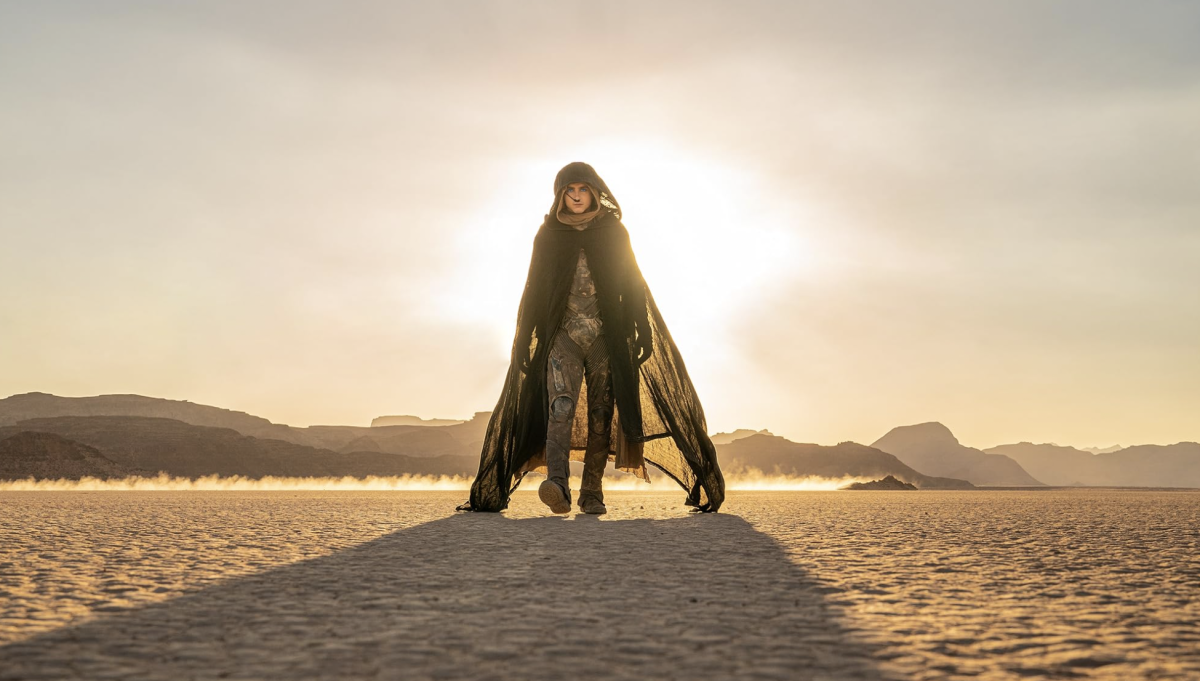On Monday Nov. 18, the Josephine White Eagle Cultural Center (JWECC) held a moccasin workshop at Chadbourne Hall, to celebrate Native American Heritage Month. Hosted through the Center for Multicultural Advancement and Student Success (CMass), hosted by Cheryl and MJ Schnandoah led the 15-person workshop.
Students had the opportunity to make the oldest form of traditional Eastern woodland style moccasin, called a center-seam moccasin. It is made from a single piece of leather that was sewn together at the front and then laced up on top. According to MJ, “There’s hundreds of different styles throughout the different nations. Different ways of life [have] different ways of doing things.”
The Schnandoahs are from Oneida, N.Y. Oneida translates as ‘people of the standing stone.’ The Oneida are one of the six nations of the Haudenosaunee Confederacy, which includes the Mohawk, Onondaga, Cayuga, Seneca and Tuscarora nations.
MJ Schnandoah originally started the moccasin workshop back in 2022. She met Michelle Youngblood, the associate director at CMass, through mutual connections when Youngblood was looking for someone to teach a moccasin making class.
“There’s several students that have come year after year and making these connections [is] cool,” Schnandoah said. “Meeting people from all over the place, the atmosphere, [and] the community … was very welcoming.”
In previous years, the interactive and community reflection space brought in new and returning members to the table. Alejandro Barton-Negreiros, a program coordinator for CMass and supervisor at the Josephine Center, followed the event and enjoyed its mission to educate students during Native Heritage Month.
Barton-Negreiros joined CMass to be a part of the overall mission “to engage students in different cultures and to help educate them.”
“I wanted to be in something that had to do with advocating for different cultures and had to do with cultural enrichment and education,” Barton-Negreiros said. “I think that we’re doing a lot but I think that there’s definitely some areas that the campus administration could help us out a lot more in promoting. We do a lot of work [and] some of it goes unnoticed or goes unappreciated.”
In 1997, students occupied Goodell Hall for nearly a week, to convey their frustrations over UMass’s lack of effort in supporting the African, Latino, Asian and Native American student populations.
Native student populations continue to be the least represented cultural group on campus with a total of 14 students being of native descent in Fall 2024, according to the University Analytics and Institutional Research undergraduate dashboard.
“We’re coming in and doing the moccasin making class, but [the university could host] broader things or performances for larger scale audiences,” Schnandoah said. “We’ll come in, we’ll talk about things, we do some of our traditional dances. We invited people to join us, and I know doing this all my life, that’s what makes an impact on people.”
Schnandoah went around to different students to trace their feet to get proper in-step measurements. After feet were traced, deer hides were distributed to students. Deer hides are used more “traditionally because the animal was such an abundance of the area,” according to Schnandoah.
Students laid out the pattern of the size of the feet on the hide and were careful with cutting out their patterns and were encouraged in “getting as much out of the hide as possible.”
Through her teaching and hands-on learning techniques, Schnandoah highlights the importance of native culture and how Hollywood skewed the perception of natives. Due to the lack of understanding, Schnandoah emphasizes that “there could never be enough education.”
“I believe that’s why we have so much of that negative stigma. It is because of the lack of education,” Schnandoah said. “Bringing in different people and educating [them], that’s what’s gonna make the difference and that’s what more people could do.”
Schnandoah’s nephew was made fun of in school for having long hair. Though she was upset, Schnandoah chose to educate the students about native culture. She formed a group with native men she knew with long hair, went to her nephew’s school and taught the students about native people and their traditions. After educating the students, no one continued to call her nephew any names.
Schnandoah encourages others to be open minded and says that “bringing in different people and educating [others] is what’s gonna make the difference.”
Kalina Kornacki can be reached at [email protected] or followed on X (formerly Twitter) @KalinaKornacki.




